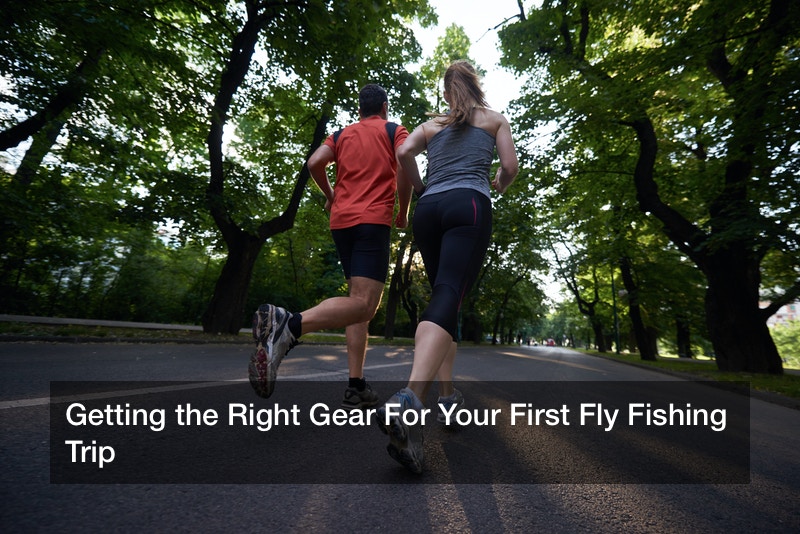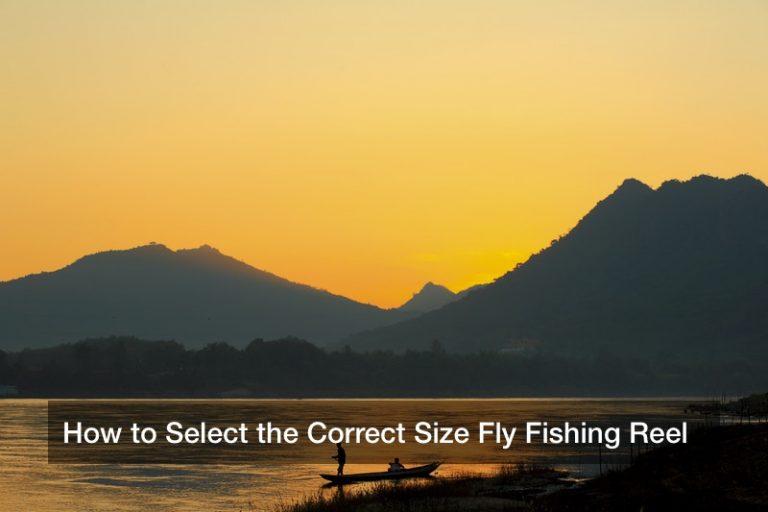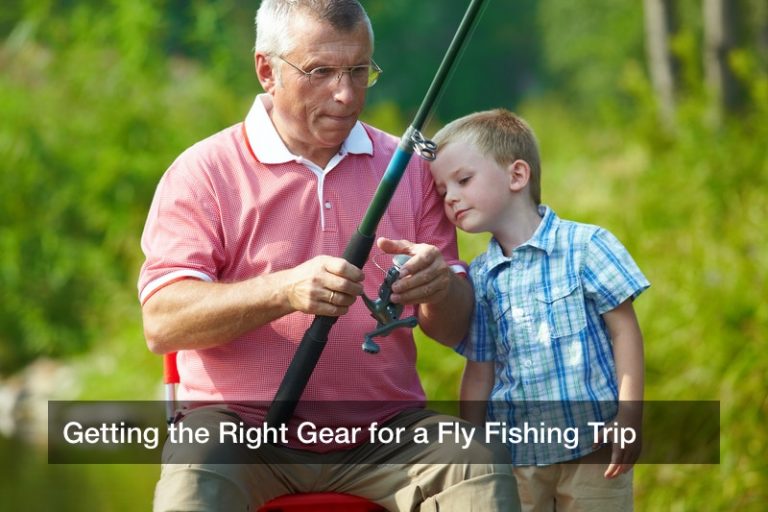
Fishing stands as one of the oldest sports in the entire world, and though it didn’t originate as a sport, commercial fishing boats and their work mean that today’s fishers are catching fish for fun. So long as an angler follows local wildlife conservation rules, they can spend all day catching fish and practicing their line casting, and this proves popular among many Americans. In 2017, for a recent example, around 51.59 million people went fishing, and among them, 11.6 million were youth participants aged seven to 17. How to fish, though? Many anglers choose the conventional method, as it easy to learn, but fly fishing offers some particular advantages. With the right gear on hand, such as fly fishing tackle bags, bait, fly rods, and fly rod reels, an angler can enjoy a fine trip going fly fishing.
Getting Ready to Fish
Anyone who decides to get into fly fishing is encouraged to buy all the right gear first, and they can get it from primary and secondary sellers, both online and in person. At an outdoor supplies retailer, a customer can consult the staff for advice on what sort of fly fishing tackle bag or rod to get, and find something that suits their needs within their price range. The store staff should be ready and willing to answer any questions the customer may have, and help them find good products for their needs. A fly fishing tackle bag, for example, may vary somewhat in size and shape between different models, but overall, these fly fishing tackle bags are convenient since they have carrying straps and plenty of zippers, pockets, and compartments for storage. In there, the angler can store just about anything, such as their bait collection. Live bait (such as crickets) is an option, but many fly fishers make use of artificial bait, which often comes with little feathers to help it simulate an insect. A tackle bag is a fine place to store many lures and related accessories.
Not only will the fly fisher need the right rods and reels and tackle bag, but they also need the right clothes for a fishing trip. Why is that? A fly fisher will stand not on a pier or on a boat, but directly in the water, often knee deep or even waist deep. To avoid getting soaked, a fly fisher will wear tall, waterproof boots to keep warm and dry, and often, such boots can form entire overall outfits. Also, a fly fisher is encouraged to wear a vest with pockets, where they can store additional items within easy reach, such as sunglasses. During extended fishing sessions in sunny weather, a fly fisher is urged to wear a wide brimmed hat to protect their skin, and they should also wear sunglasses to protect the eyes from sunlight reflecting off the water’s surface.
On a Fly Fishing Trip
Once a beginner fly fisher has all the gear they need, they can go fishing alongside an experienced fly fisher, who can teach them how to find good fishing spots, choose bait, and most of all, cast the lures and line properly. While regular fishing relies on the weight of the lure to draw the line out, fly fishing bait is too light to do that. Instead, a fly fisher will cast the line itself, and doing this requires some practice to do correctly. The benefit of this method is that the line and lure land gently on the water, and thus don’t scare away the fish.
A fly fisher who is keeping the fish they catch can bring along a live capture bucket filled with water, while other fishers choose the “catch and release” method where they remove the hook and bait from a fish’s mouth, then return it to the water safely. If a fisher is keeping their fish, they must make sure to follow local wildlife conservation rules, which should be clearly displayed on local signs. Such restrictions will specify how many fish of each local species may be kept, and set a minimum length for each fish caught. Following these rules helps protect and maintain local breeding populations, so there will be plenty of fish when fly fishers arrive in the future.



